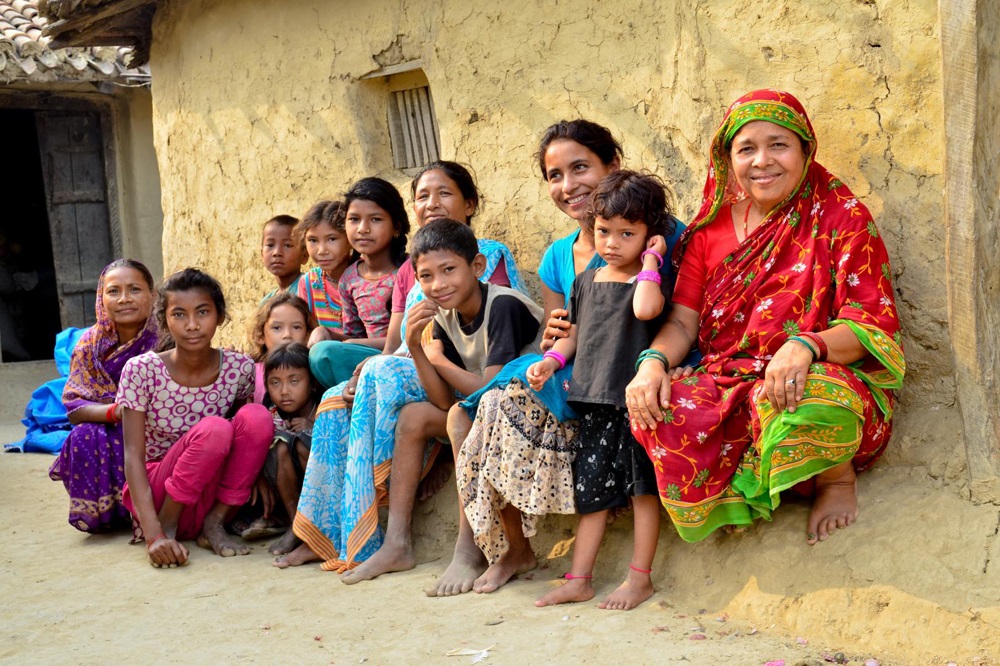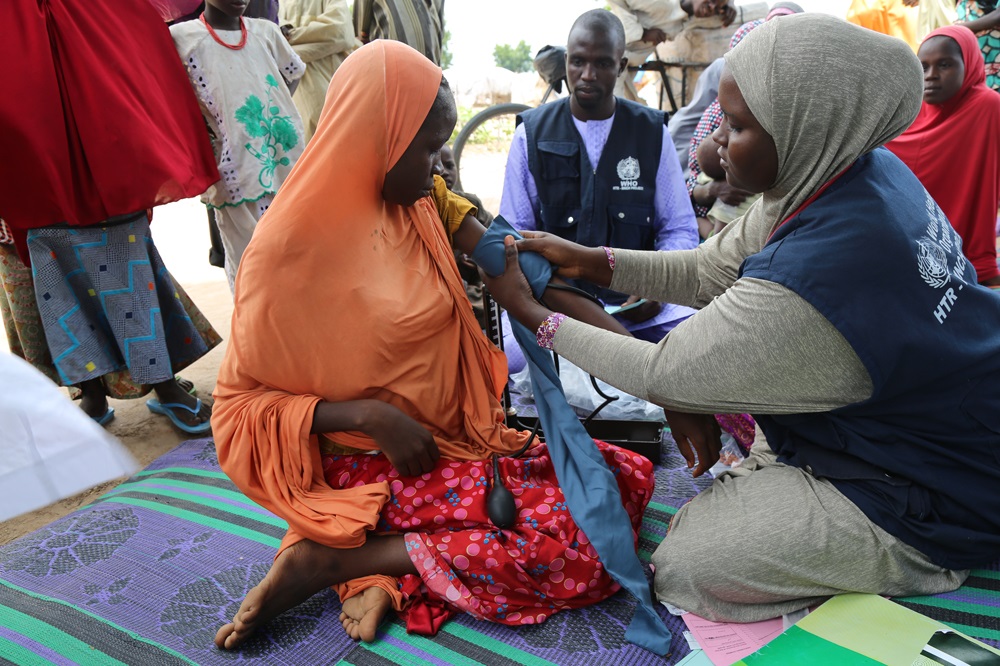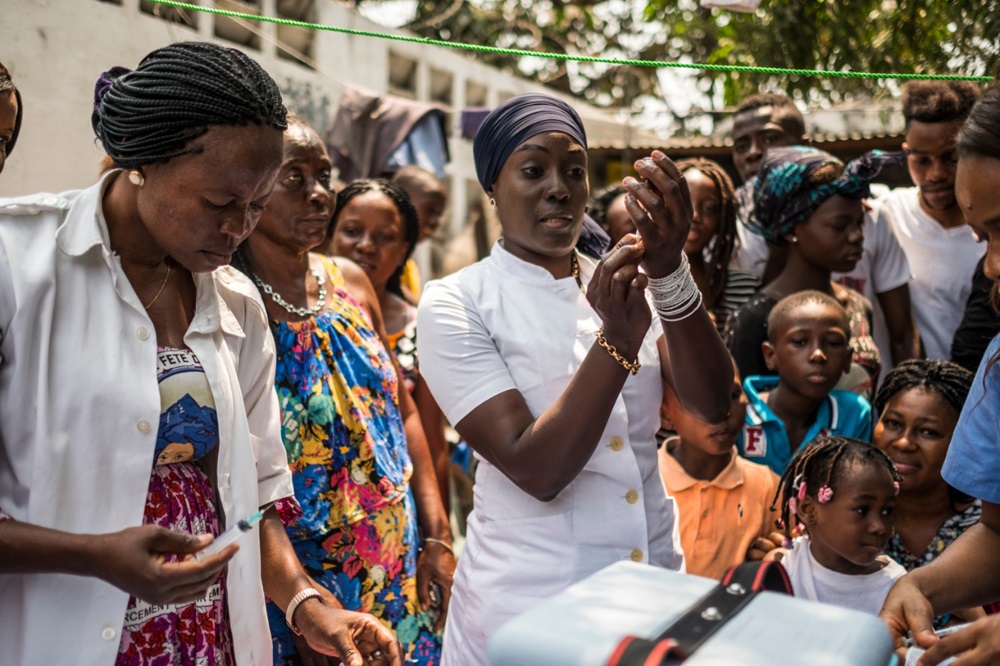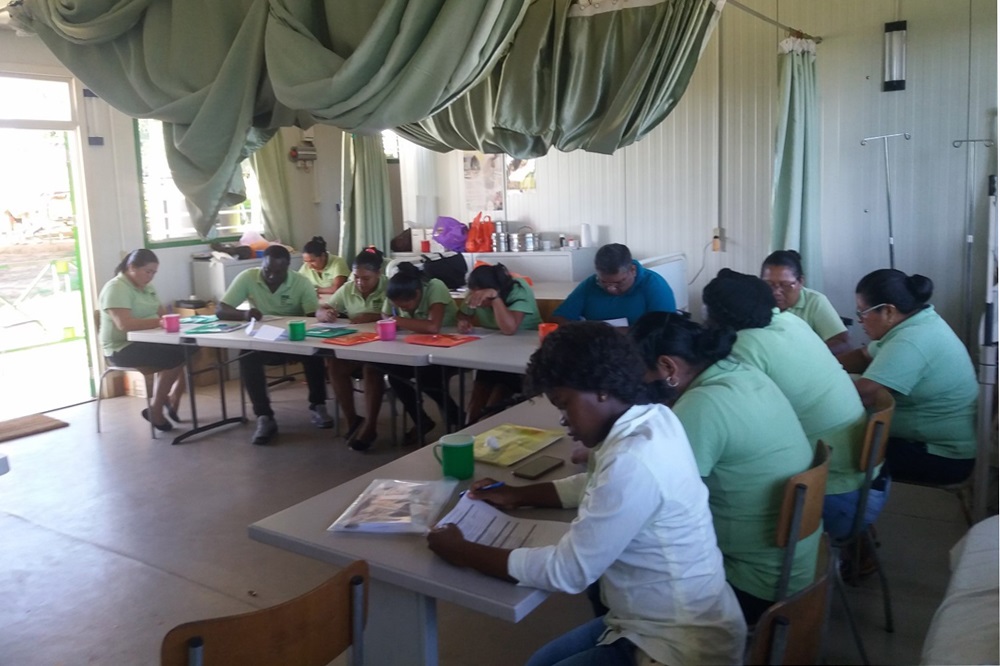Cervical cancer is preventable and curable, as long as it is detected early and managed effectively. Yet it is the 4th most common form of cancer among women worldwide, with the disease claiming the lives of almost 350 000 women in 2022.
Few diseases reflect global inequities as much as cancer of the cervix. Nearly 94% of the deaths in 2022 occurred in low- and middle-income countries. This is where the burden of cervical cancer is greatest, because access to public health services is
limited and screening and treatment for the disease have not been widely implemented.
An ambitious, concerted and inclusive strategy has been developed to guide the elimination of cervical cancer as a public health problem.
A global strategy
In May 2018, the WHO Director-General announced a global call for action to eliminate cervical cancer, underscoring renewed political will to make elimination a reality and calling for all stakeholders to unite behind this common goal.
Upon the request of Member States, the Director-General established his flagship Cervical Cancer Elimination Initiative to develop a global strategy for the elimination of cervical cancer. In August 2020 the World Health Assembly adopted the Global Strategy for cervical cancer elimination.
Now is the time to act to eliminate cervical cancer as a public health problem.
Achieving elimination
To eliminate cervical cancer, all countries must reach and maintain an incidence rate of below 4 per 100 000 women. Achieving that goal rests on three key pillars and their corresponding targets:
- vaccination: 90% of girls fully vaccinated with the HPV vaccine by the age of 15;
- screening: 70% of women screened using a high-performance test by the age of 35, and again by the age of 45;
- treatment: 90% of women with pre-cancer treated and 90% of women with invasive cancer managed.
Each country should meet the 90–70–90 targets by 2030 to get on the path to eliminate cervical cancer within the next century.





































